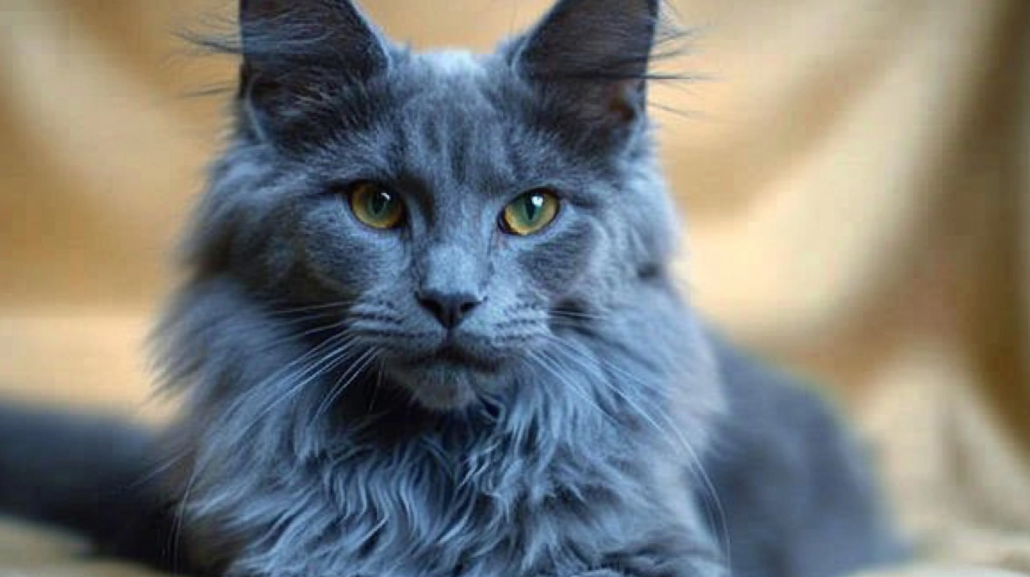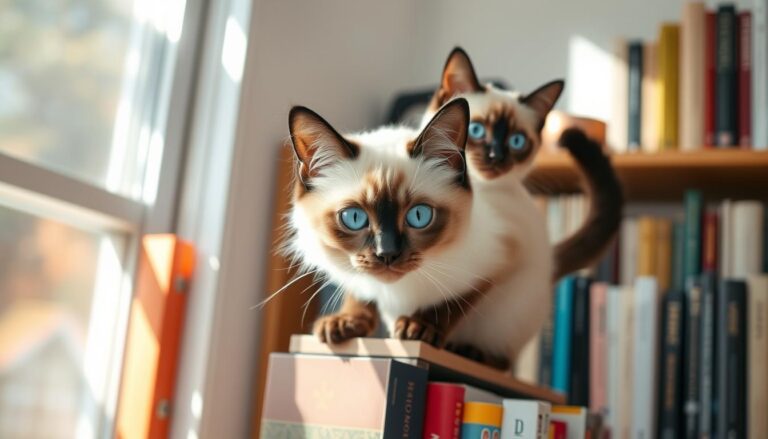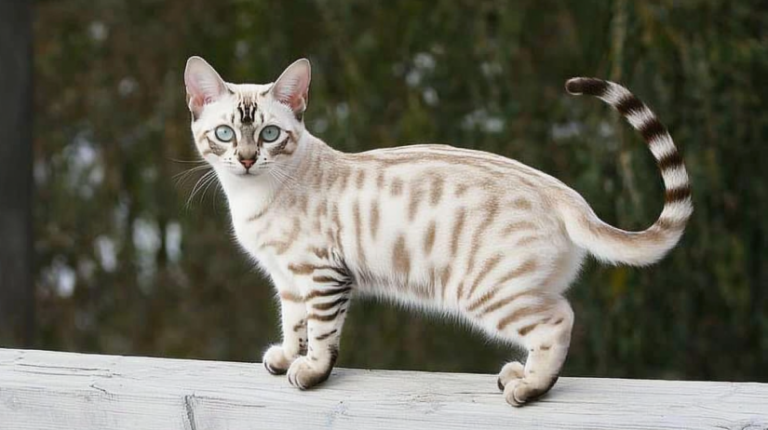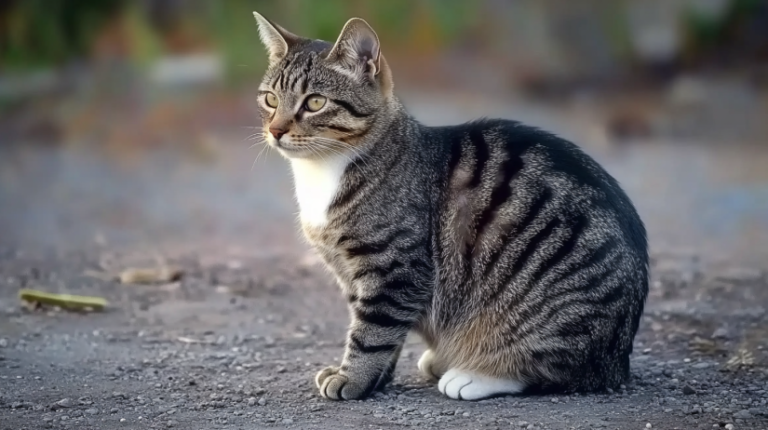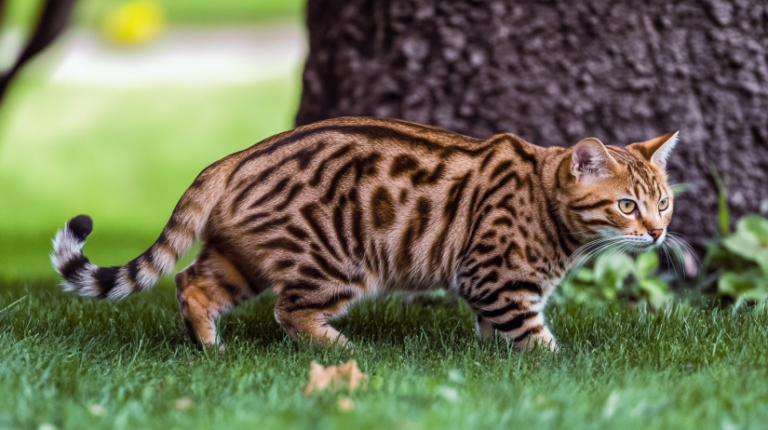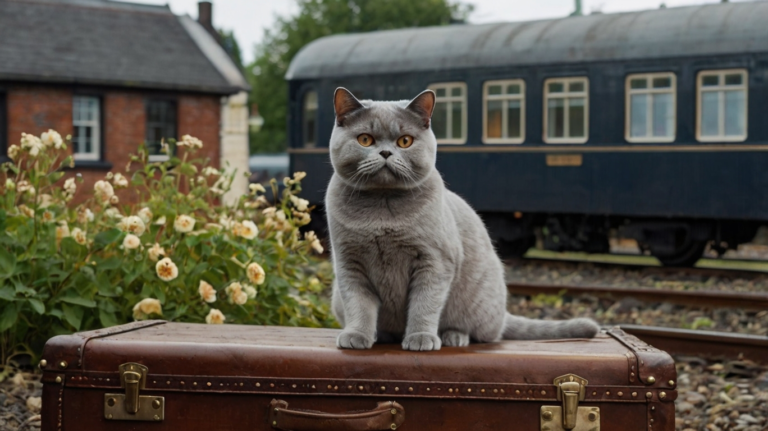Blue Maine Coon Cat: 7 Astonishing Reasons You’ll Love This Marvelous Feline
Introduction
Imagine walking into a room and instantly spotting a majestic cat perched on the arm of a chair, its fluffy tail swishing like a plume of silver smoke. That regal presence is likely a blue maine coon cat, one of the most stunning coat variations within the Maine Coon breed. You might already be familiar with the Maine Coon’s signature tufted ears, lion-like mane, and large stature, but when you add a mesmerizing blue hue to the mix, you get a showstopper few can resist.
In this comprehensive guide, you’ll discover everything you need to know to care for, appreciate, and maybe even welcome a blue maine coon cat into your family. We’ll explore their fascinating history, discuss key characteristics, offer grooming advice, talk about their health and personality traits, and more. By the end, you’ll feel confident about whether a blue maine coon cat is right for you—and you’ll be fully prepared to give this gorgeous feline the best possible home.
The Origin and History of the Maine Coon
The Mysterious Beginnings
A blue maine coon cat may look exotic, but Maine Coons themselves are a truly American breed, originating in—and named for—the state of Maine. There are several legends about their origins, including whimsical stories involving Marie Antoinette’s treasured cats escaping to America or domesticated cats mating with raccoons. While these tales are fanciful, genetic testing and historical data suggest that Maine Coons likely evolved from longhaired felines brought by European sailors to the Northeastern coast of America.
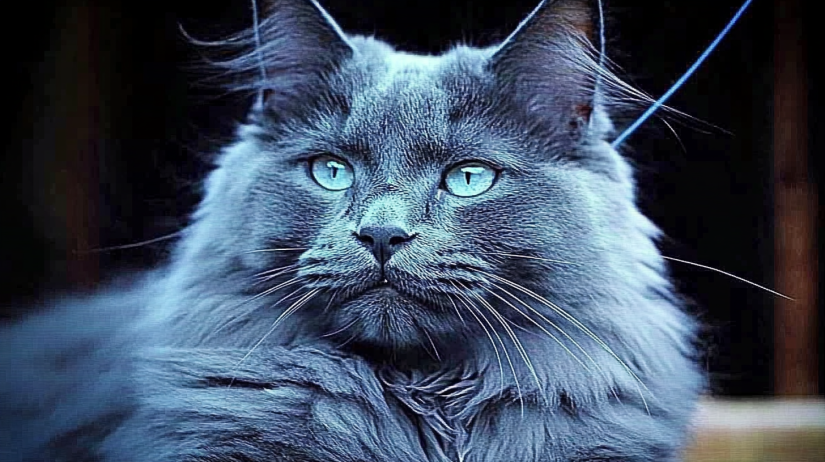
According to the Cat Fanciers’ Association (CFA), Maine Coons were recognized in the late 1800s through early cat shows in the U.S. By 1908, the breed was officially recognized. It became the official state cat of Maine in 1985, attesting to its enduring popularity and cultural significance.
Emergence of the Blue Coat Variant
When we say “blue maine coon cat,” we’re referring to a specific coat color—more of a smoky steel-gray than a bright blue. This color, according to breed standards, is produced by a dilution gene that impacts the cat’s black pigment. The result? A gorgeous, uniform bluish-gray coat that can appear lighter or darker depending on lighting and genetics. In some cases, the coat may have slight shading or tabby patterns that add extra flair.
Because the Maine Coon gene pool is relatively diverse, the blue variant isn’t exceedingly rare, although it does stand out among the more common brown tabby Maine Coons you often see. If you’ve been captivated by images of a blue maine coon cat, keep reading—you’ll learn what makes these felines truly shine.
Physical Characteristics of a Blue Maine Coon Cat
Size and Build
A blue maine coon cat doesn’t just catch your eye because of its color—it’s also one of the largest domestic cat breeds. Males can weigh between 13 and 18 pounds (some even reach 20+), while females tend to range from 8 to 12 pounds. Their bodies are long and muscular, sporting powerful limbs and a tail that almost rivals their torso in length. This robust physique helps them navigate snowy terrains, which is believed to be part of their ancestral environment in Maine.
Coat and Distinctive Features
The coat of a blue maine coon cat is dense, water-resistant, and layered, providing excellent insulation. You’ll notice:
- Tufted Ears: The tops of their ears have tufts, often called “lynx tips.”
- Furry Paws: They usually have fur between their toes—nature’s snowshoes.
- Impressive Mane: Around their neck, they develop a ruff of fur reminiscent of a lion’s mane.
- Bushy Tail: Their fluffy tails can almost double as a cozy wrap on cold days.
When the coat color is blue, each strand is a diluted shade of black that appears silvery-gray. Under sunlight, this can appear warm and shimmery, lending the cat an almost regal aura.
Eye Color
A blue maine coon cat can have a range of eye colors, including green, gold, copper, or a blend thereof. Eye color generally becomes noticeable between three and four weeks of age and can continue to shift subtly during the cat’s first year.
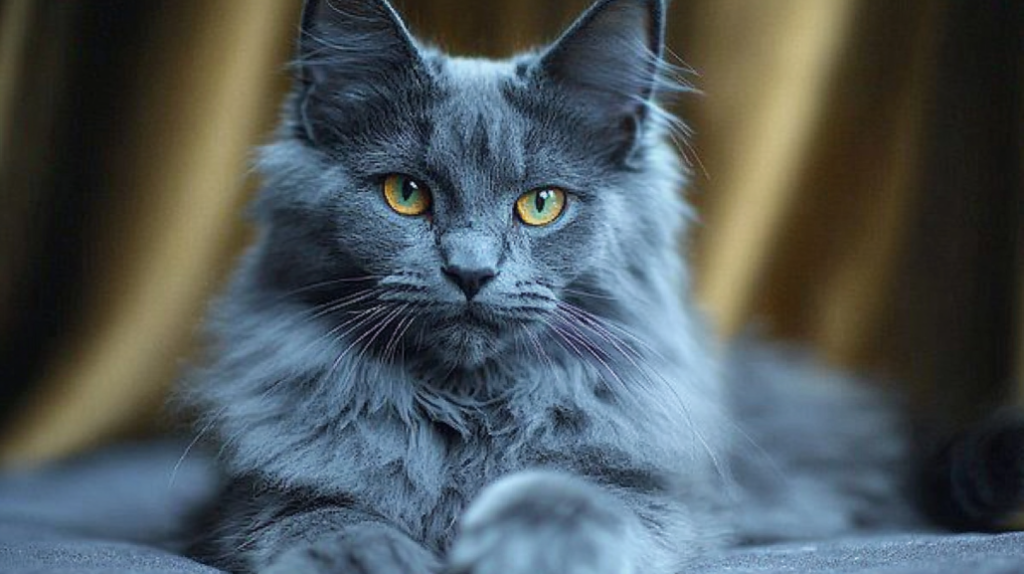
Personality and Temperament
Affectionate Yet Independent
Maine Coons are famously affectionate, and a blue maine coon cat is no exception. They enjoy human company—often greeting you at the door or curling up near you on the couch. But they also appreciate a bit of personal space. Unlike some clingier breeds, Maine Coons strike a balance between socializing and independence, making them excellent companions for both busy households and quieter homes.
Intelligent and Playful
Known for their intelligence, Maine Coons often learn tricks like “fetch” or respond to simple commands such as “come” or “sit.” Don’t be surprised if a blue maine coon cat follows you around the house, curious about your activities. Offering puzzle toys or interactive games can help keep them mentally engaged.
Great With Families and Other Pets
If you have children, a blue maine coon cat usually fits right in. They tend to be patient with younger family members and, with proper introductions, get along well with other pets, including dogs. Their easy-going nature makes them well-suited to family life—just ensure each pet has its own personal space to avoid conflicts.
Caring for a Blue Maine Coon Cat
Nutrition and Diet
Maintaining a healthy weight is crucial for a blue maine coon cat because of its large frame. High-quality cat food formulated for large breeds or active cats is often recommended. Look for products where a real, named meat (like chicken or salmon) is the first ingredient. Consult your veterinarian for guidance on portion sizes and feeding schedules, as Maine Coons can be prone to obesity if overfed.
Key Diet Tips:
- Feed age-appropriate food (kitten, adult, senior).
- Measure portions to control caloric intake.
- Offer fresh water daily.
- Always consult a veterinarian for personalized recommendations.
Grooming
With a luxurious, water-repellent coat, a blue maine coon cat generally needs brushing 2–3 times a week. This prevents matting, especially around the belly, underarms, and chest, where tangles are common. While Maine Coons groom themselves, routine brushing keeps shedding manageable and skin healthy.
- Brushing Tools: Wide-toothed comb, slicker brush.
- Nail Trims: Every few weeks to prevent overgrowth.
- Ear Cleaning: Check weekly for debris or wax.
- Baths: Only if extremely dirty or on vet’s advice (their coat is naturally water-resistant).
Exercise and Play
Though not as hyperactive as some breeds, a blue maine coon cat still benefits from daily play sessions. Laser pointers, feather wands, and climbing trees can help satisfy their instinct to hunt and climb. This mental and physical stimulation also reduces destructive behaviors like scratching furniture.
Consider installing a sturdy cat tree or providing shelves by windows. Maine Coons enjoy surveying their domain from high vantage points. Additionally, interactive toys or scheduled playtime can encourage your cat to remain active and maintain a healthy weight.
Common Health Concerns
(Disclaimer: The following information is purely informational and does not replace professional veterinary advice.)
Like all felines, a blue maine coon cat can be predisposed to certain health issues. Early detection and consistent veterinary check-ups help ensure a long, healthy life.
Hypertrophic Cardiomyopathy (HCM)
Maine Coons have a genetic predisposition to HCM, which thickens the heart’s walls. Reputable breeders often test their breeding cats for the genetic markers associated with HCM. Regular vet check-ups and ultrasounds can help detect early signs.
Hip Dysplasia
This orthopedic condition, commonly seen in larger dog breeds, can also affect Maine Coons due to their size. Symptoms include limping or reduced mobility. If you notice any mobility changes in your blue maine coon cat, consult your vet.
Spinal Muscular Atrophy (SMA)
This inherited disease impacts the cat’s motor neurons. Reputable breeders screen for SMA, so make sure to obtain health clearances if you’re adopting or purchasing from a breeder.
Regular Check-Ups
Schedule annual vet visits, or more frequent check-ups if recommended by your veterinarian. Keep vaccinations up to date, and talk to your vet about parasite prevention.
Training and Socialization
Introducing a Blue Maine Coon Cat to a New Home
Bringing home a blue maine coon cat is exciting. However, a slow, methodical introduction reduces stress for everyone—especially if you have other pets. Provide a small, quiet room for your cat’s first few days, complete with toys, a litter box, and food/water bowls. Gradually increase their access to the rest of the home, allowing your new cat to explore at its own pace.
Litter Training
Maine Coons usually pick up litter box habits fast. Keep the box clean and accessible, placing it in a low-traffic area. If your cat has accidents, rule out medical conditions with a vet check, and ensure you’re scooping at least once daily.
Positive Reinforcement
Give treats, kind words, or soft pats to reinforce good behavior. Maine Coons usually respond well to positive feedback during training. Avoid harsh punishments; these can cause fear and damage the bond you share with your blue maine coon cat.
Life With a Blue Maine Coon Cat: A Day in the Life
Consider how your routine might look with a blue maine coon cat:
- Morning Greet: They’ll likely trot over when you wake up, gently meowing for breakfast or head rubs.
- Mealtime: Serve a balanced meal portion. Watch them savor every morsel, often with an “I deserve this” look.
- Midday Play: Take 10–15 minutes to interact with a feather wand or puzzle toy.
- Nap Time: Don’t be surprised to find your blue maine coon cat snoozing in a sunbeam or perched on a windowsill.
- Evening Cuddles: Maine Coons are typically affectionate and may curl up next to you on the sofa.
- Bedtime Routine: Ensure a final litter box check and fresh water. Expect some playful zoomies before they settle in.
Table: Quick Facts About a Blue Maine Coon Cat
| Characteristic | Details |
|---|---|
| Average Weight | Males: 13–18 lbs, Females: 8–12 lbs |
| Coat Texture | Dense, water-repellent, layered |
| Color | Diluted black (smoky-blue appearance) |
| Temperament | Social, intelligent, yet independent |
| Common Health Issues | HCM, Hip Dysplasia, SMA |
| Grooming Needs | Brush 2–3 times a week, trim nails monthly |
| Exercise | Moderate, enjoys climbing and interactive play |
| Lifespan | 12–15 years (with proper care) |
FAQs
How does a blue Maine Coon cat typically behave?
A blue maine coon cat is friendly, balanced, and highly adaptive. They enjoy spending time with you, but also appreciate alone time to explore their environment. Overall, a blue maine coon cat is playful, intelligent, and great with families.
What makes Maine Coons stand out from other breeds?
A blue maine coon cat has a stunning coat, large size, and social nature that sets it apart. These traits combine to create an affectionate yet independent companion. Their adaptability and easy-going temperament also add to their unique charm.
Is it hard to find a blue Maine Coon cat?
A blue maine coon cat isn’t extremely rare, but it’s less common than the classic brown tabby variant. The unique dilution gene responsible for the coat color makes them a bit more special. Reputable breeders and some shelters may have them available.
How often should you groom a blue Maine Coon cat?
A blue maine coon cat benefits from brushing two or three times a week. Regular grooming helps prevent matting and minimizes shedding. It also keeps their distinctive blue coat healthy and shiny.
What is the typical size of a blue Maine Coon cat?
A blue maine coon cat often weighs between 8 to 18 pounds, with males generally larger. Their bodies are long, muscular, and quite sturdy. This size contributes to their signature majestic appearance.
Is apartment living feasible for a blue Maine Coon cat?
Yes, a blue maine coon cat can adapt to apartment life if it has enough stimulation. Provide vertical spaces like cat trees and schedule interactive play. Make sure you also enrich their environment with scratching posts and puzzle toys.
What methods help teach a blue Maine Coon cat new skills?
Positive reinforcement works best for a blue maine coon cat. Give treats or praise immediately after they perform a desired behavior. Patience and consistency foster quicker learning and stronger bonds.
Do blue Maine Coon cats blend well into a family with kids or other animals?
A blue maine coon cat typically gets along well with kids and friendly pets. Their gentle, laid-back temperament helps them adapt. Proper introductions and supervision ensure harmony in a multi-pet household.
Conclusion
A blue maine coon cat offers everything you’d want in a feline companion: a show-stopping coat, affectionate demeanor, impressive intelligence, and a regal presence that can light up a home. By understanding their origins, personality, grooming requirements, and potential health considerations, you set yourself up for a rewarding, long-lasting relationship with your new kitty. If you’ve been dreaming of bringing one of these captivating cats into your life, now’s the perfect time to take the plunge—just be prepared for endless admiration from everyone who crosses your path!
For further reading on responsible cat ownership and animal welfare, visit the ASPCA. Their resources on pet care, adoption, and health are widely recognized and can enhance your knowledge about giving your blue maine coon cat a safe, loving environment..

